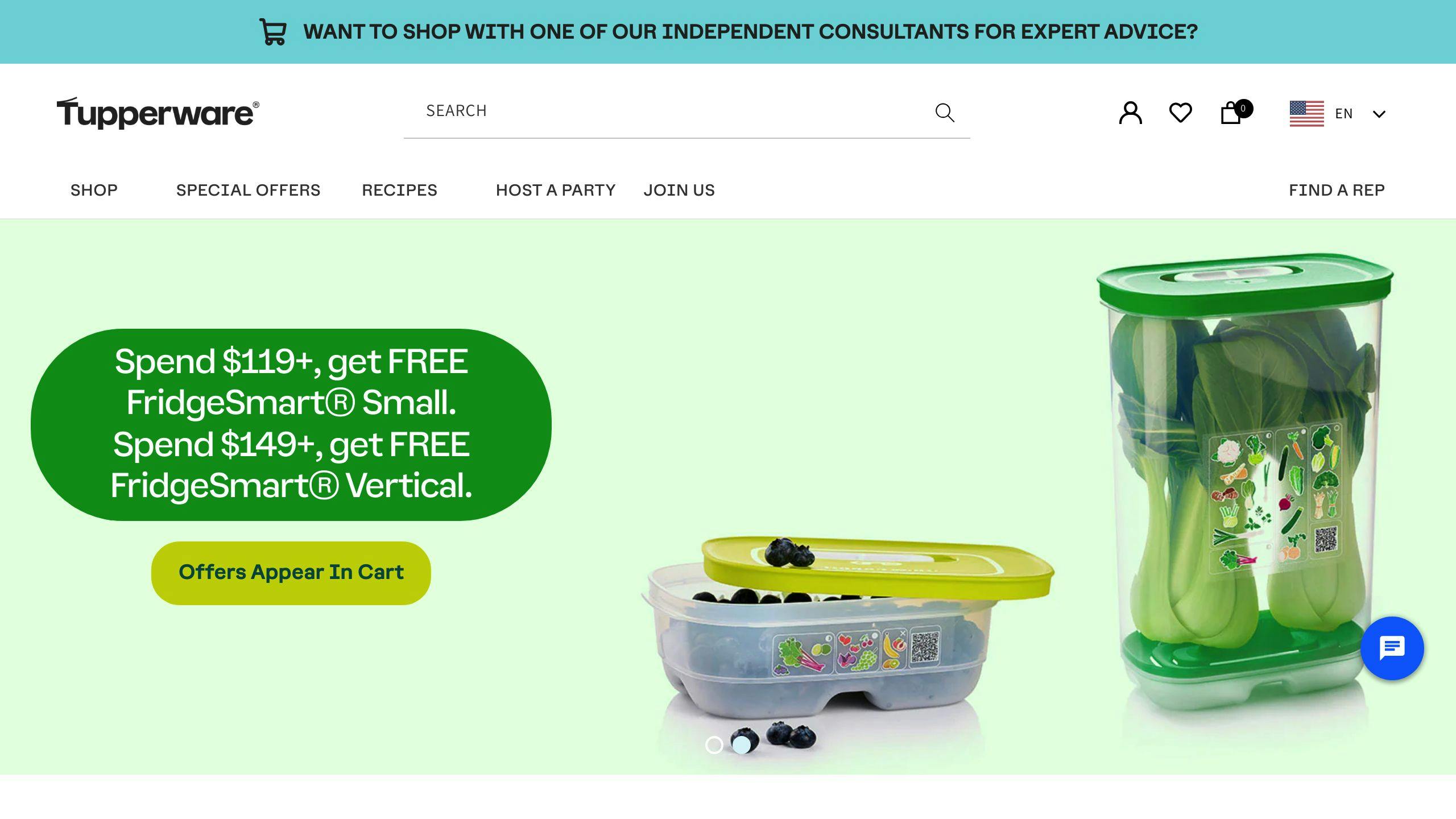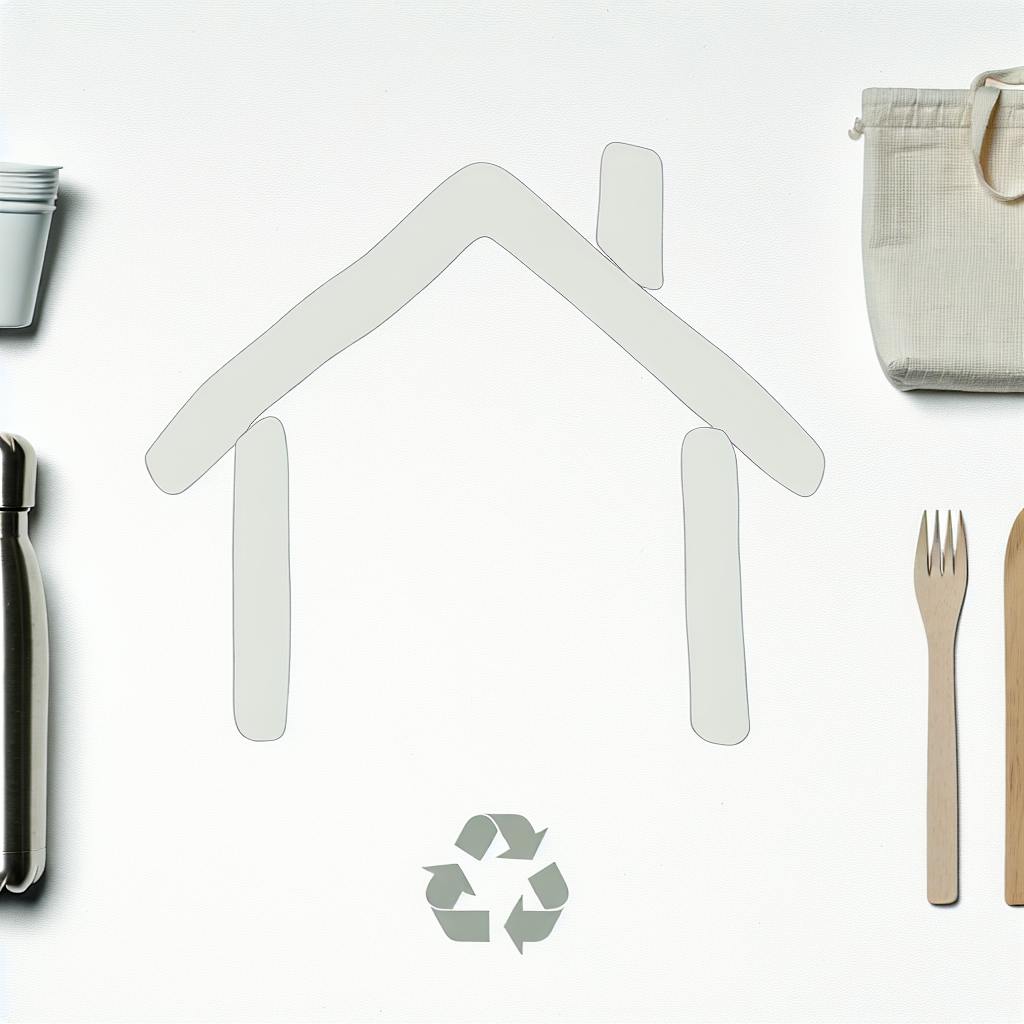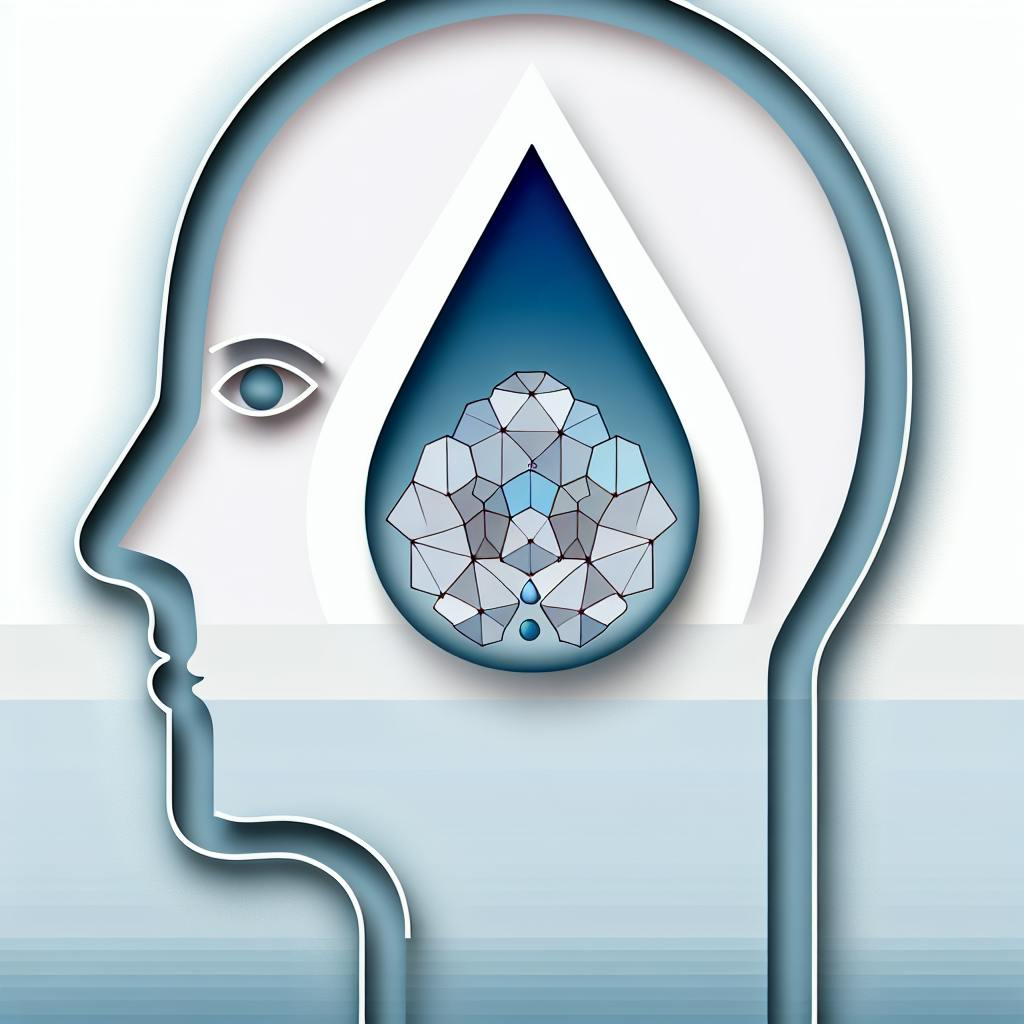Microplastics from Tupperware and other plastic food containers can harm your health. Here's what you need to know:
- Tiny plastic bits (microplastics) can leach into food from containers
- Heating food in plastic and long-term storage increase microplastic release
- Ingesting microplastics may cause hormone disruption, cell damage, and other health issues
- Babies, young children, pregnant women, and those with weak immune systems are at higher risk
To reduce your exposure:
- Avoid heating food in plastic containers
- Use glass, stainless steel, or ceramic alternatives
- Replace old or scratched plastic containers
- Choose BPA-free and "microwave-safe" options when using plastic
| Material | Safety | Best Uses |
|---|---|---|
| Glass | Microwave-safe, non-reactive | All foods, reheating |
| Stainless Steel | Durable, non-reactive | Cold foods, lunches |
| Ceramic | Microwave-safe, non-reactive | All foods, serving |
| Plastic | Varies (check labels) | Cold storage, dry goods |
While regulations are limited, some companies are working to create safer products. More research and stricter rules are needed to fully understand and address the health risks of microplastics from food containers.
Related video from YouTube
2. Microplastics in Tupperware

2.1 Plastic types in Tupperware
Tupperware usually uses two main plastic types:
- Low-density polyethylene (LDPE or plastic #4)
- Polypropylene (PP or plastic #5)
These plastics are okay for storing food and can go in the dishwasher. But they can still release tiny plastic bits in some cases.
2.2 How microplastics get out
Tiny plastic bits can come out of Tupperware in these ways:
| Method | Description |
|---|---|
| Microwave heating | Biggest cause of plastic release |
| Cold storage | Long-term fridge use can break down plastic |
| Room temperature | Keeping food in plastic for a long time |
| Normal use | Washing and using containers often |
LDPE containers release more tiny plastics than PP ones.
2.3 How much plastic gets out
Studies show a lot of tiny plastics can come from food containers:
| How it's used | Microplastics released | Even smaller plastics released |
|---|---|---|
| Microwaved for 3 minutes | Up to 4.22 million bits/cm² | Up to 2.11 billion bits/cm² |
| In fridge for 6+ months | Millions of bits | Billions of bits |
| At room temp for 6+ months | Millions of bits | Billions of bits |
People might eat at least 74,000 tiny plastic bits each year. About 200 of these bits each week could come just from plastic food containers.
These findings show it's important to think about the risks of plastic food containers. It might be good to look at other ways to store food or use plastic containers differently to avoid eating these tiny plastics.
3. Health effects of microplastics
3.1 How we take in microplastics
We get microplastics in our bodies through:
- Eating and drinking
- Breathing
- Skin contact
People eat about 74,000 tiny plastic bits each year. About 200 of these come from food containers every week.
3.2 Effects on hormones
Microplastics can mess with our hormones:
| Effect | Description |
|---|---|
| Hormone disruption | Change how natural hormones work |
| Fertility issues | Can cause problems for both men and women |
| Ovary problems | Linked to polycystic ovary syndrome |
| Reproductive risks | May increase chances of having babies |
3.3 Cell damage and swelling
Microplastics can hurt our body cells:
- Cause swelling in tissues
- Damage cells
- Kill cells
- Change how our body uses fats and hormones
- Affect how lungs and liver work
3.4 Cancer links
Studies show microplastics might be linked to cancer:
- Found in brain tumor tissues
- Seen to cause cancer in human studies
- More cancer in people who work with plastics
- Higher lung cancer risk for textile workers
3.5 Gut bacteria changes
Microplastics can upset the balance of good bacteria in our gut:
- Change the mix of bacteria in our digestive system
- Lower the number of helpful bacteria
- Might lead to stomach problems and weaker immune system
3.6 Long-term health risks
Over time, microplastics might cause:
| Risk | Description |
|---|---|
| Chronic diseases | Higher chance of diabetes and heart problems |
| Brain issues | Problems with brain growth |
| Other organ problems | Heart, kidney, and blood vessel issues |
| Baby growth | Might affect how babies grow before birth |
| Brain effects | Tiny plastics might get into the brain |
We need more studies to fully understand these long-term effects. For now, it's best to avoid microplastics when we can to stay healthy.
4. Who is most at risk?
4.1 Babies and young kids
Babies and young children face higher risks from microplastics:
- They have more microplastics in their bodies than adults
- Babies can take in millions of plastic bits daily from bottles
- Most breast milk has microplastics
- Toys, clothes, cribs, and playgrounds are big sources
Health risks for kids:
| Type of Cancer | Risk Increase |
|---|---|
| All childhood cancers | 20% higher |
| Bone cancer | 3 times higher |
| Lymphoma | 2 times higher |
4.2 Pregnant women
Pregnant women have special risks:
- Microplastics can reach the baby before birth
- This might affect how the baby grows
- Chemicals in plastics can mess with important hormones
Scientists have found tiny plastics in the placenta, which is worrying for baby health.
4.3 People with weak immune systems
People with weak immune systems may have more problems from microplastics:
- Microplastics can cause swelling and kill cells
- These people might not be able to get rid of plastic bits as well
- Microplastics might make their immune system even weaker
We need more studies to fully understand how microplastics affect people with weak immune systems.
sbb-itb-1dc3f59
5. Ways to reduce risk
5.1 Using Tupperware safely
To lower your contact with tiny plastics from Tupperware and other plastic food boxes:
- Don't heat food in plastic boxes, especially in the microwave
- Use glass or ceramic boxes for hot foods and drinks
- Hand wash plastic boxes instead of using the dishwasher
- Throw away old or scratched plastic boxes
- Keep acidic foods in non-plastic boxes
5.2 Other food storage options
Try these instead of plastic food boxes:
| Material | Good points | Best uses |
|---|---|---|
| Glass | Safe for microwave, strong, doesn't react | Storing and reheating all foods |
| Stainless Steel | Won't break, light, lasts long | Storing cold foods, packed lunches |
| Ceramic | Looks nice, safe for microwave, doesn't react | Storing and reheating food, serving |
| Silicone | Bends, safe for freezer, doesn't react | Storing frozen foods, packing snacks |
| Cloth Food Bags | Good for earth, washable, many uses | Storing dry snacks, sandwiches |
These choices don't react with food or release tiny plastics.
5.3 Picking safer plastics
When you must use plastic boxes:
- Pick BPA-free ones
- Use boxes marked "microwave-safe"
- Avoid plastics with recycling codes 3 or 7
- Choose boxes made from PE or PP
- Think about products with lifetime promises, like Tupperware
6. Rules and industry actions
6.1 Current rules
Rules for tiny plastics in food boxes are still new. In the US:
- Food boxes don't need FDA approval before selling
- Companies must make sure their products are safe
- No special rules for tiny plastics in food boxes yet
6.2 What companies are doing
Companies are trying to make safer products:
| Company | Actions |
|---|---|
| Tupperware | - All US and Canada products BPA-free since 2010 - Stopped using BPA - Now uses safer materials |
| Other companies | - Making BPA-free products - Better labels - Looking for safer materials |
6.3 Consumer groups' role
Consumer groups help make products safer:
- Tell people about health risks
- Ask for stricter rules
- Do their own safety tests
- Give people info to choose better
These groups work with scientists and rule-makers to:
- Ask for more studies on tiny plastics
- Push for clearer labels
- Help make safety rules for all companies
As we learn more about how tiny plastics affect health, these groups will keep working to make rules and products better.
7. Wrap-up
7.1 Quick review
Tiny plastic bits from food containers can cause health problems. These bits can release harmful chemicals into our food and bodies. This might lead to:
- Hormone problems
- Swelling and organ damage
- Higher risk of long-term illnesses
- Issues with having babies
- Changes in gut health
7.2 Why it's important to know
Understanding these risks helps people:
- Make better choices about food storage
- Protect their health
- Care more about plastic pollution
- Ask for better rules on food packaging
7.3 More studies and rules needed
We still don't know enough about tiny plastics:
| What we need to know | What's happening now | What should happen next |
|---|---|---|
| Health effects | Some proof of harm | More long-term studies |
| How much we take in | Not sure | Better ways to measure |
| Rules | Few rules exist | Make new rules based on facts |
| What companies do | Some try to be safer | Set safety rules for all companies |
To help solve this problem:
- Support more research on long-term health effects
- Ask for stricter rules on plastic use in food packaging
- Find and use safer ways to store food
- Teach people about tiny plastics and their effects on health and nature
FAQs
How do tiny plastic bits hurt our health?
Tiny plastic bits can cause several health problems:
| Problem | How it happens |
|---|---|
| Hormone issues | Chemicals in plastics mess with body hormones |
| Cell damage | Tiny plastics can hurt cells and cause swelling |
| Carry toxins | Plastics can bring harmful stuff into the body |
| Gut bacteria changes | Can upset the balance of good bacteria in the stomach |
| Reach unborn babies | Found in the placenta, might affect baby growth |
To lower your risk:
- Use glass or metal containers
- Eat less processed food
- Choose clothes made from natural materials


